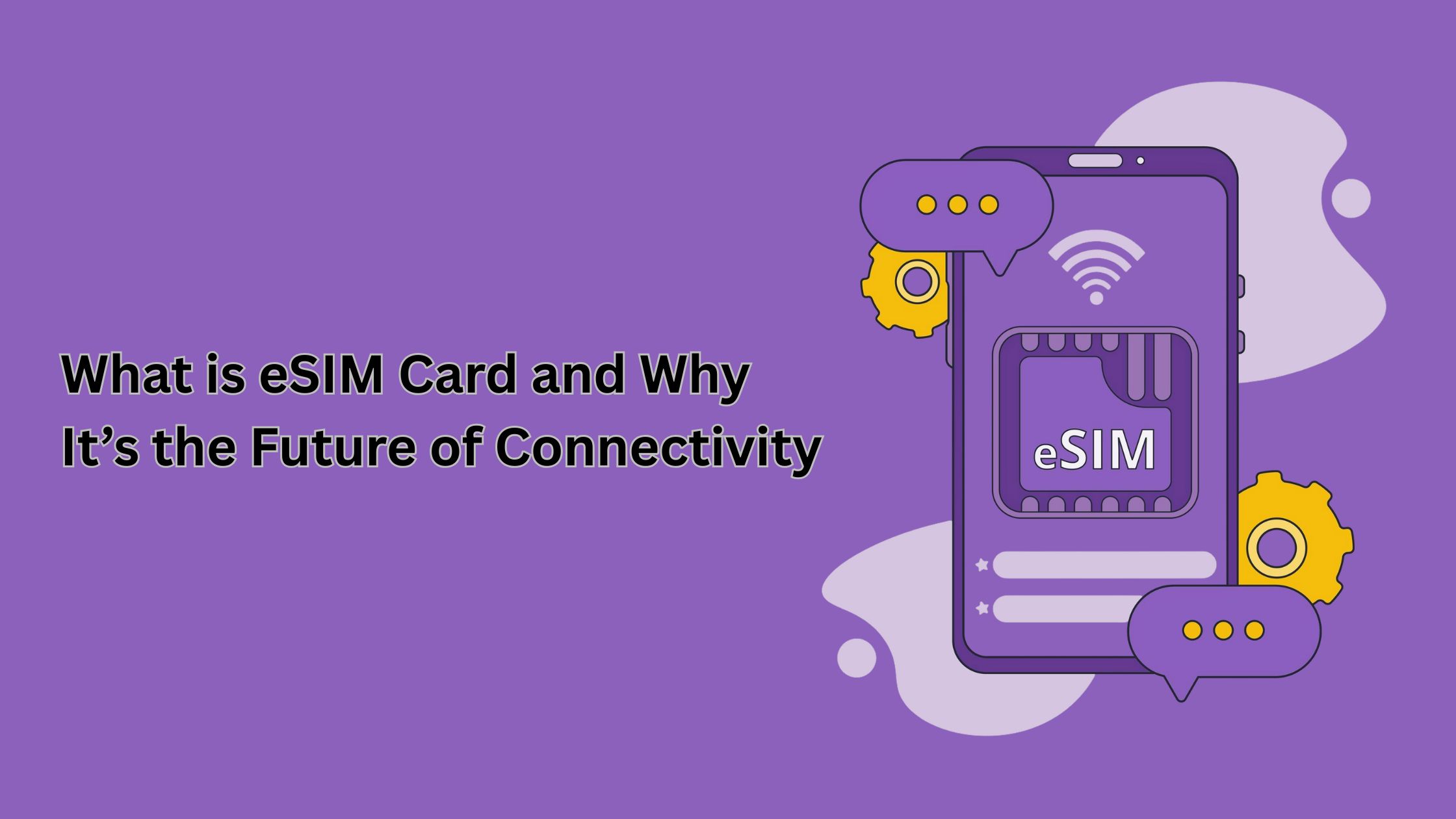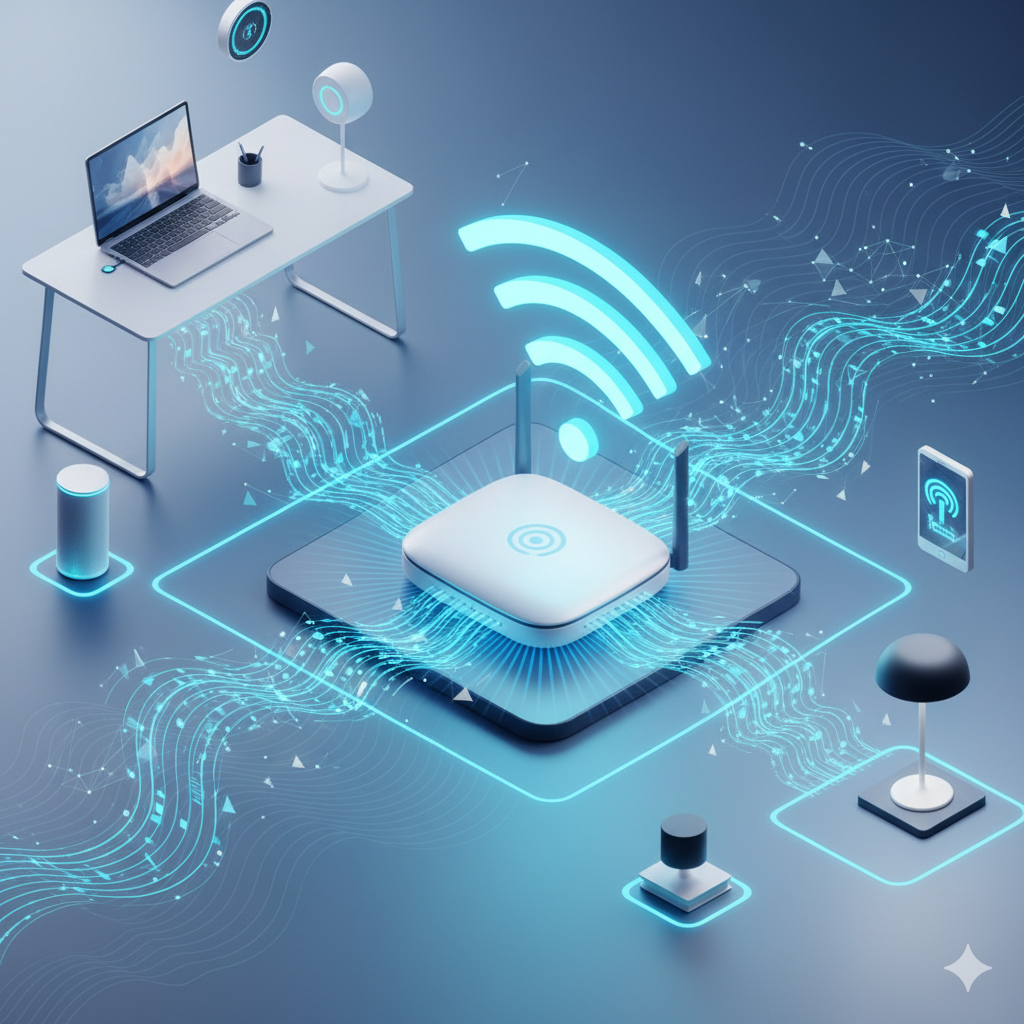In an era dominated by digital transformation, the term “eSIM” has become increasingly popular in the context of smartphones, wearables, and connected devices. If you’re wondering what is eSIM card and why it’s gaining so much attention, you’re not alone. This article aims to provide an in-depth, non-promotional exploration of the eSIM technology—how it works, its benefits, challenges, and the role it is expected to play in the future of connectivity.
What is eSIM Card?
An eSIM card (embedded SIM) is a digital SIM that is embedded directly into a device’s motherboard. Unlike traditional SIM cards—small physical chips that must be inserted into a slot—an eSIM is not removable. It serves the same function as a physical SIM card: storing data that identifies and authenticates the user to a mobile network.
“eSIM” stands for embedded Subscriber Identity Module, and its design eliminates the need for a physical card. Instead, network profiles are downloaded over the air (OTA), allowing users to activate a mobile plan without needing to insert a physical SIM.
Evolution of SIM Cards
To understand what is eSIM card, it’s important to briefly look at how SIM technology has evolved:
- Full-size SIM (1FF): The earliest SIM cards, about the size of a credit card.
- Mini SIM (2FF): Slightly smaller and used in older feature phones.
- Micro SIM (3FF): Smaller still, popularized by early smartphones like the iPhone 4.
- Nano SIM (4FF): The current standard physical SIM used in most smartphones.
- eSIM: The next stage—a built-in chip that doesn’t require manual insertion.
This progression reflects the broader trend toward miniaturization and digitalization in electronics.
How eSIM Works
An eSIM is soldered onto the motherboard of the device during manufacturing. It contains revived software that can store multiple carrier profiles, although only one is active at a time (depending on the device and carrier support). The user activates a mobile plan by scanning a QR code or using a carrier app.
When a user wants to switch to carriers or plans, eSIM can only be achieved again without the need to change hardware. This process is capable of a technology standard, called remote SIM Provisioning (RSP), defined by GSMA (Groupe Speciale Mobile Association), which is a global authority for mobile operators.
Advantages of eSIM Technology
Understanding what is eSIM card becomes more significant when you consider its practical benefits. These include:
1. Convenience and Flexibility
Users no longer need to visit a store or wait for a SIM card to be mailed. With eSIM, switching carriers or plans can be done in minutes through digital means.
2. Space-Saving Design
Eliminating the SIM card tray creates room in devices for other components like bigger batteries or more sensors. This is especially beneficial for wearables, such as smartwatches and fitness trackers, where space is extremely limited.
3. Dual SIM Capability
Many smartphones are capable of dual SIM functionality, using eSIM and an actual SIM, allowing telephone carriers to utilize robust installations. This is a benefit to those who travel or who need separate numbers for personal and business use.
4. Improved Durability
Without a physical SIM tray, devices can be more resistant to dust and water, enhancing their durability, particularly important for rugged devices used in industrial settings or outdoor environments.
5. Better User Experience
From international roaming to mobile carriers’ change, eSIMs make it an easier switch. The process has less friction and a better customer experience is enhanced.
Challenges and Limitations
Despite its advantages, eSIM technology is not without its challenges.
1. Carrier Adoption
Not all mobile network providers support eSIM. While major global carriers have started embracing it, smaller or regional carriers may still rely on physical SIM cards.
2. Device Compatibility
Only newer models of smartphones, tablets, and wearables support eSIM functionality. Older devices or budget models may lack the necessary hardware.
3. Security Concerns
With any digital technology, eSIMs are susceptible to cyber threats. The over-the-air provisioning process should be safe to prevent unauthorized access or misuse.
4. Consumer Awareness
Many users are still unfamiliar with the eSIM card and how it works. This deficiency of understanding can be widely obstructed.
5. Limited DIY Options
Switching devices or carriers may still require interaction with a service provider, especially when QR codes or carrier-specific apps are involved. This can limit the flexibility that eSIMs promise.
eSIM in Different Types of Devices
The use of eSIM technology is expanding across a variety of devices beyond smartphones.
Smartphones
Most of the major phones of Apple, Google and Samsung now include eSIM capabilities. Apple’s recent iPhone model in the US has also completely terminated the physical SIM slot.
Smartwatches and Wearables
Wearables greatly benefit from eSIM technology due to space barriers. Devices such as Apple Watch and Samsung Galaxy Watch use eSIMs to support standalone LTE connectivity.
Tablets and Laptops
Some models of iPad and Surface tablets use eSIM to provide cellular connectivity, allowing users to access the internet without relying on Wi-Fi.
IoT Devices
In industrial and consumer applications, eSIM is a game-changer for the Internet of Things (IOT). Devices like connected vehicles, smart meters and remote sensors benefit from remote provisions and the ability to manage network access.
The Global Push Towards eSIM
Governments, telecom companies, and device manufacturers are gradually pushing for eSIM as a standard.
- Europe has been at the forefront, with many carriers supporting eSIM across various devices.
- The United States is seeing a strong push from Apple, especially with the eSIM-only iPhones.
- Asia is catching up, with countries like India, Japan, and South Korea slowly expanding support.
- Africa and South America show limited but growing adoption due to infrastructure challenges and market dynamics.
As more regions develop the necessary infrastructure, the adoption rate is expected to rise significantly.
Impact on the Telecom Industry
The shift from physical SIMs to eSIMs is also influencing the telecom industry in several ways:
1. Simplified Logistics
Carriers no longer need to manufacture, distribute, and manage physical SIM cards, reducing operational costs.
2. Faster Customer Onboarding
eSIMs enable instant activation, which can lead to improved customer satisfaction and reduced churn.
3. Increased Competition
eSIM makes switching providers easier, potentially increasing competition and driving better service and pricing for consumers.
4. New Business Models
Telecom providers can offer short-term data plans or bundle services with IoT devices, creating new revenue streams.
Environmental Considerations
Ecologically, eSIMs help in sustainability. The telecom industry can reduce waste when it does away with plastic SIM cards and packaging. Also, minimizing logistics for SIM card delivery has an effect of reducing the carbon footprint.
But the environmental benefits are reliant on the wider application and integration into the process of sustainable manufacturing. Just switching over to eSIM alone will not improve things much unless taken as part of a more eco-friendly plan.
What’s Next for eSIM?
The natural progression from eSIM is iSIM (integrated SIM), which goes a step further by embedding the SIM functionality directly into the device’s main processor. This reduces space even more and improves power efficiency. While still in the early stages, iSIM represents the next frontier in digital identity and mobile connectivity.
As 5G networks become the standard and the number of connected devices surges, the need for flexible, scalable, and efficient connectivity solutions like eSIM will grow. Industries such as automotive, healthcare, logistics, and smart cities are all poised to benefit from this evolution.
Conclusion
To understand what is eSIM card, it is a digital and embedded version of the conventional SIM which promises convenience and flexibility with an anticipated slicker digital experience. Despite the fact that adoption is still rising and there are obstacles, the direction is obvious: eSIM is transforming the way we connect to mobile networks.
It doesn’t matter whether you love tech, are a business strategist, or simply a casual user; eSIM technology is crucial since the world migrates towards more intertwined and digital-first connection platforms. As infrastructure, awareness, and compatibility continue to get enhanced, the eSIM card will be very well placed to emerge as the new norm, and perhaps the only norm in the near future.









